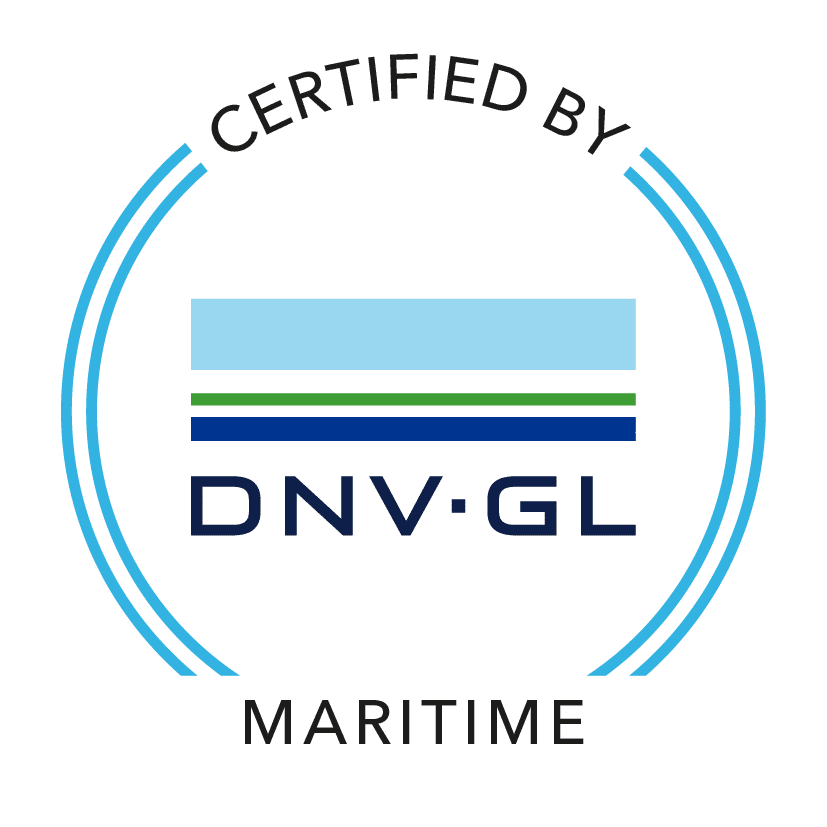DNV leads wind energy development with industry standard for next generation blades

The improved rotor blade certification standard has been updated through a long-term joint industry project (JIP) to reflect the latest needs of wind turbine owners and manufacturers, ensuring safe and reliable rotor blades.
DNV, an independent energy expert and assurance provider, spearheaded an innovative initiative that led to the revision of the DNV-ST-0376 rotor blade standard. This update, born from industry-wide collaboration, represents a significant advancement in enhancing reliability and safety within the wind energy sector.
In the rapidly evolving field of wind turbine technology, elevated reliability standards are essential. The project, designed to meet the changing needs of wind turbine developers, owners, and operators, aimed to ensure greater performance and reliability industry-wide. The revised standard focuses on the unique requirements of large, flexible blades for multi-megawatt turbines, introducing comprehensive measures previously lacking in industry norms.

Kim Sandgaard-Mørk, Executive Vice President for Renewables Certification at DNV, stated, “The pace of modern wind turbine development necessitates that industry standards evolve alongside changing trends and technologies. Through developing industry service documents such as service specifications, standards, and recommended practices, DNV is committed to driving the renewable energy sector forward. This update highlights our dedication to innovation and quality in the wind energy sector. By prioritizing reliability and safety, we aim to bolster industry confidence and propel the global transition towards sustainable energy solutions.”
Christopher Harrison, Principal Engineer and Service Line Leader for Component Certification, Energy Systems at DNV, added, “Not all wind turbine blades are created equal. Different design assumptions and methods, along with varying performance during validation tests, can result in differing blade performance over their lifespan. As stakeholders in the wind energy sector, understanding and mitigating these risks is crucial.”
The project saw contributions from 26 leading companies across the wind turbine sector, including manufacturers, operators, and certifiers, to refine and review the standard. This collaborative approach ensures a comprehensive framework that meets the diverse needs of the industry.
Key highlights of the updated standard include:
- Enhanced reliability through rigorous requirements and approaches.
- Alignment with international standards, facilitating streamlined certification processes.
- Introduction of novel concepts such as damage tolerance and elevating safety standards.
- Greater focus on design for manufacture and understanding the relationship between manufacturing quality and reliability.
Unlike previous standards that solely focused on safety, DNV-ST-0376 sets a new benchmark by incorporating reliability as a fundamental principle. The initiative concentrated on three key areas:
- Quality design standard: revising the blade standard DNV-ST-0376 to address real-world failure modes and defects for large flexible blades in multi-megawatt turbines.
- Alignment with international standards: aligning requirements in DNV-ST-0376 with IEC 61400-5 where possible, with input from other certification bodies.
- Stakeholder education: conducting seminars in Hamburg, Copenhagen, and Shanghai to educate developers, owners, and operators on the relationship between design assumptions, testing performance, and long-term blade functionality, enabling informed decisions in turbine certification.
“Our goal was to provide wind turbine stakeholders with the tools and knowledge necessary to navigate the complexities of blade development,” concluded Christopher Harrison. “By working together through this joint industry project, we have driven improvements in standards that benefit the entire industry.”
For more information on DNV’s commitment to wind turbine reliability and safety, please refer to the white paper.
